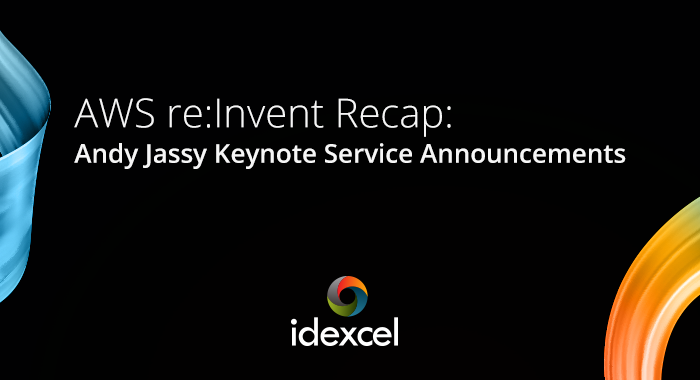

In theory, that’s great, because they’ve been AWS speaker certified. I’d start with the breakout sessions, because there are apparently many hundreds of them when all is said and done.Įvery re:Invent breakout session has at least one co-presenter who’s an AWS employee.

What would it empower if virtual viewers were instead treated as the primary audience for re:Invent, not merely an afterthought? More to the point, how do you make a world-class event that doesn’t treat remote attendees as if they were somehow “less than”? How I would fix virtual re:Invent
#Aws keynote 2021 free#
So far, the best redeeming feature of virtual re:Invent is that it’s free - but only because nobody sensible would pay for this lackluster experience. It takes time, money, and a fair bit of privilege to pay for a $1,800 re:Invent ticket, fly to Las Vegas, stay in a hotel for the better part of a week, and still have a job waiting for you when you return. If there’s one lesson that we can take from the pandemic and online events, it’s that making an event virtual-first dramatically increases its exposure to folks who otherwise wouldn’t attend at all. In other words, AWS’ message isn’t to sponsor virtual re:Invent because it’s got 10 times the audience - it’s to sponsor virtual re:Invent because it’s less expensive. Meanwhile, its language in the sponsorship prospectus around the virtual re:Invent includes the gem, “We have created several turnkey sponsorships that amplify your presence without dedicating the same level of resources as your in-person execution.” The re:Invent sponsorship prospectus talks about sponsoring the in-person event in terms of eye-popping dollar figures with many zeroes. That’s a half-baked video dump combined with a livestreaming “experience” that views its primary competition as some streamer in the audience with an iPhone and a YouTube channel.įor more proof that AWS is treating the virtual event as a second-rate afterthought, follow the money. In contrast, messaging on the website around this year’s online component distills down to “we’ll put videos of the breakout sessions up on the website the week after the physical conference and livestream the keynotes.” The great divide between in-person re:Invent and virtual re:InventĪttending re:Invent in person means an expensive hullabaloo with sessions, workshops, networking, and events. Nowhere is this more apparent than in how AWS is dividing the conference between the physical event in Las Vegas and the virtual equivalent in 2021. I thought about this for a while, and I’m left with the conclusion that my “being over the event” is in no small part because re:Invent has outgrown itself to a point where it doesn’t know what it is anymore. And if AWS were to announce today that it’s done with re:Invent, I’m not at all sure that I would miss the event. It highlights the AWS community in various ways. Re:Invent is the place where AWS announces most of the new services it’s launching in a given year. But given the physical and virtual split for this year’s conference, I started mulling over: What is re:Invent at its heart?ĪWS calls re:Invent an “educational conference.” Given how much it charges for sponsorships, and the sheer number of companies that pay those fees, it’s abundantly clear that it’s also a sales conference. It’s the absolute center of the Cloud World for a week each year in Las Vegas.

As far as conferences go, AWS re:Invent is certainly notable.


 0 kommentar(er)
0 kommentar(er)
